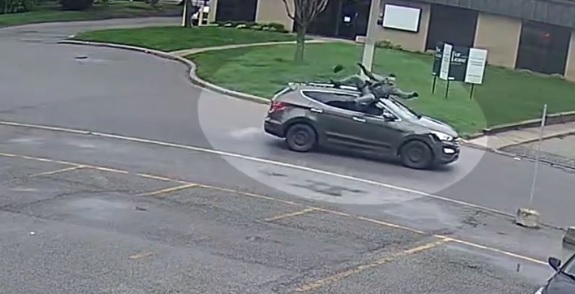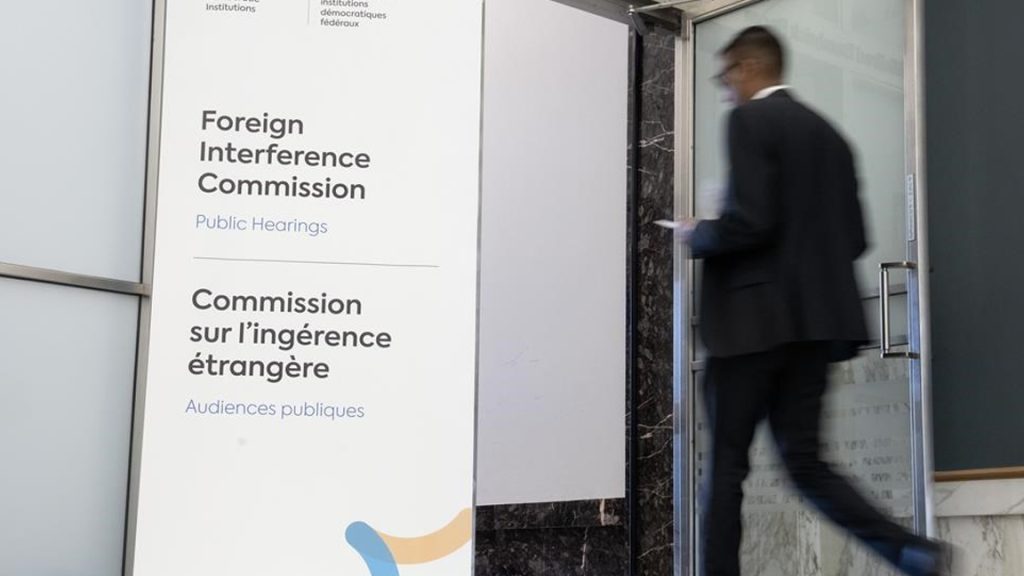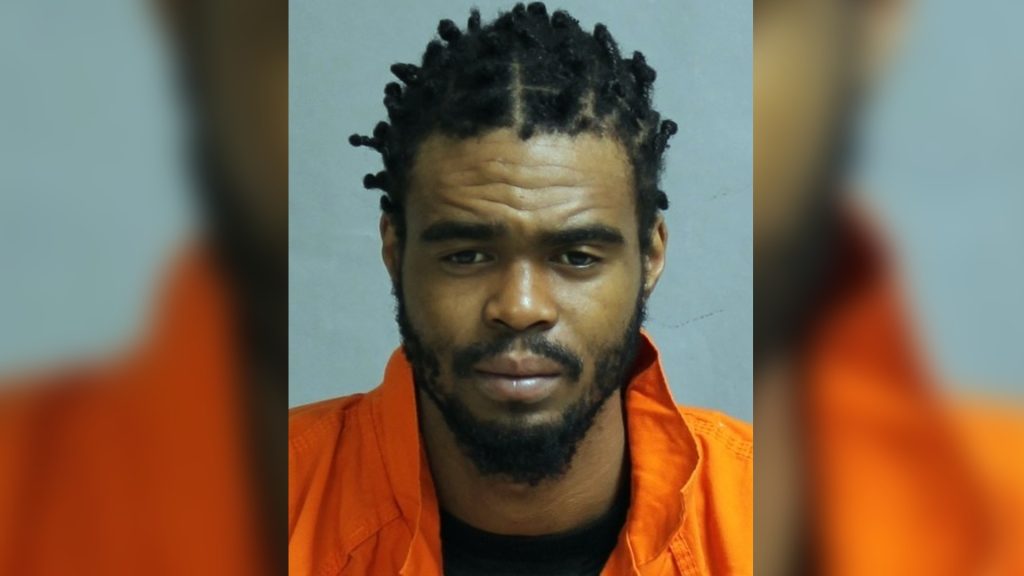Searching for justice: Toronto’s unsolved murders
Posted October 13, 2017 7:19 pm.
Last Updated October 15, 2017 10:24 am.
This article is more than 5 years old.
Since 2015, there have been 77 unsolved murders in the city of Toronto. But according to Toronto police, it’s not for lack of trying.
Det.-Sgt. Stacy Gallant heads up Toronto’s cold case unit, which attempts to solve the unsolvable with only three dedicated full-time detectives on the team.
“Would I like to have more investigative detectives in cold cases? Sure,” Gallant said. “But what I’d really like is to have three or four more investigative teams in the homicide office.”
He said the Toronto Police Service (TPS) has only six teams of eight homicide detectives. They are assigned a new case on a rotating basis. So while they can collect evidence, knock on doors and interview witnesses at full tilt, they have to switch gears rather quickly.
“They are getting another murder four, five, sometimes three weeks later,” said Gallant.
That means shifting priorities to the new case even if the other one is unsolved.
“Sometimes these cases take a year, two years before we can arrest someone,” he said. “For a case not to be solved within six to eight months, that’s not abnormal in this day and age.
“That’s to get to a point where we have all our investigative files complete, that we can successfully arrest someone and get them before the court and hopefully convict them for murder.”
While technology has improved the chance of catching the right suspect, it has also slowed police down.
“We have DNA testing that is so sensitive that you may pick up multiple individuals on a victim or a pop can, or whatever it is, that you have to account for,” Gallant said. “You have high definition video surveillance from almost every business in the area with hundreds of hours that you have to look at, that has to be reviewed.
“You have cellphone records. That’s a huge investigative resource for us that can put certain people in specific areas at a time, or a phone in a certain area. But all those things — the banking records, the cellphone records — those take time.”
Statistics available through the Toronto police website analyzed by CityNews reveal TPS’s unsolved murder rate is climbing. Although 2017 isn’t complete, it’s clear over the past few years there has been an increasing number of victims without justice: 40 per cent last year, and 31 per cent in 2014 and 2015.
Audette Shephard lost her son to an unknown killer 16 years ago.
“Justice delayed is justice denied,” she said. “They talk about justice as a healing bond, healing wounds that you suffer. When justice is not served, those wounds are never cleansed.”
Shephard 19-year-old son Justin was gearing up for college in the U.S. He had earned a basketball scholarship and was looking forward to starting classes in the fall. Instead, he was shot in the head near Sherbourne subway station in June 2001. His killer was never found.
”It’s been 16 years since my son was murdered, and police have not caught anybody at this point in time,” she said. “And when it happened, I looked to the police and the community. I had so many expectations, trying to find justice for Justin, and without any results.”
Shephard said she doesn’t blame police, but rather the lack of witnesses.
“They are relying on getting information — maybe forensic, maybe technology — but a lot of [the] time they’re waiting for information from the community.”
Gallant said that’s why it’s so important to make media appeals even years and decades later.
“Sometimes we’re dealing with cases where the people involved are 18,19 years old. They are in their youth,” he said. “And 10 years may pass and … witnesses may have grown up and have their own families. And now maybe their morals have changed and maybe they’ll see something on the news and that prompts them to say, ‘Hey, I was there.’ Or they know who did it and that may prompt them to come forward.”
It has happened before and police have been able to use new technology on old evidence to get results.
In 1990, Surinder Parma was stabbed to death in a men’s room in Scarborough. Police reopened the case and, using new forensic evidence tools, were able to match DNA found at the scene to the national database. In 2015, 25 years after Parma’s death, they laid charges against his alleged killer.
Shephard isn’t holding her breath.
“You only get closure when you buy a house,” she said. “My expectation now is no longer with the police. I have turned to my faith and God because God said vengeance belongs to Him and He will repay.”










